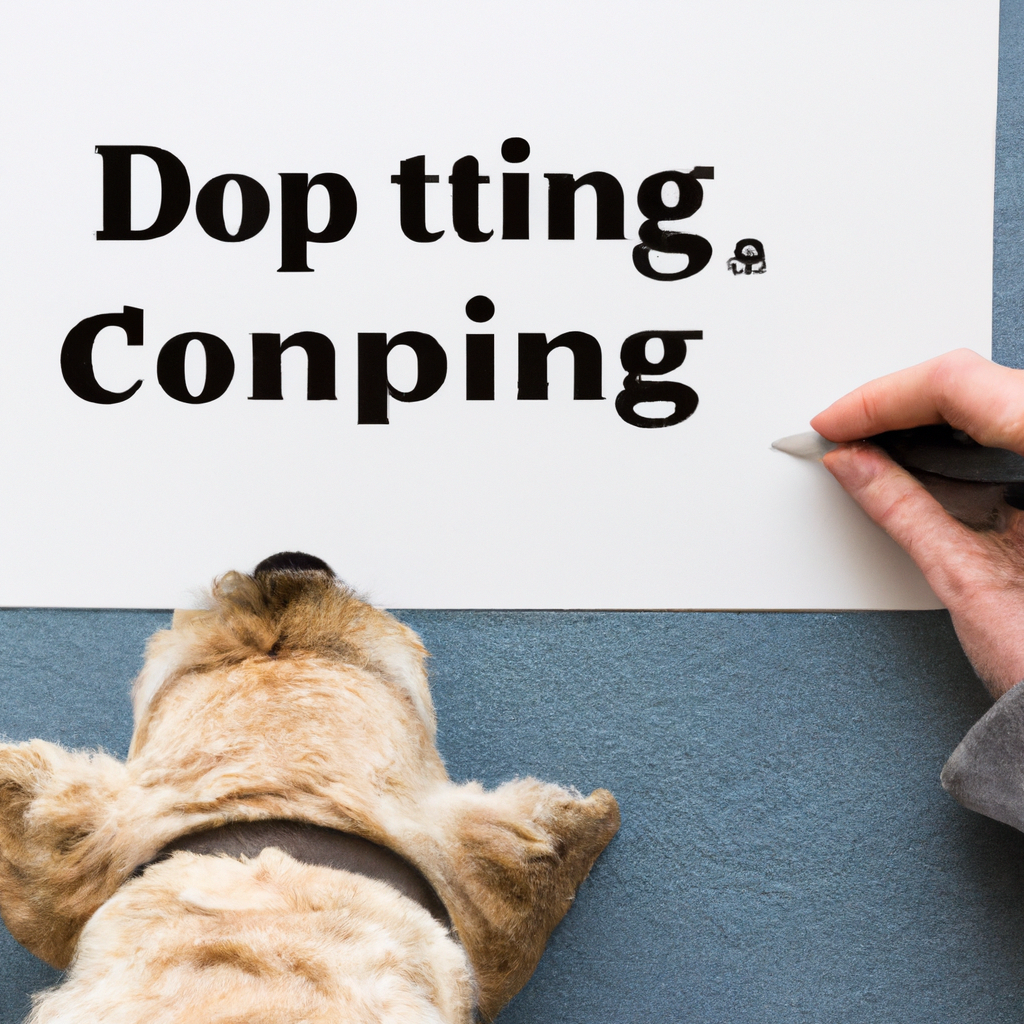Tips for Training a Fearful or Anxious Dog
Tips for Training a Fearful or Anxious Dog Training a fearful or anxious dog can be a challenging but

Tips for Training a Fearful or Anxious Dog

Training a fearful or anxious dog can be a challenging but rewarding journey. Just like humans, dogs can experience fear and anxiety in various situations, and it’s essential to approach their training with empathy and patience. Here are some tips to help you train a fearful or anxious dog effectively:
1. Create a Safe Environment
Start by creating a safe and secure space for your dog. Remove any potential triggers or stimuli that may cause distress. Provide a cozy area where they can retreat to when feeling overwhelmed. Use positive reinforcement to build trust and reinforce the feeling of safety.
2. Gradual Socialization
Gradually expose your dog to new experiences and social situations. Start with calm and controlled environments, and slowly increase the level of exposure. Reward their calm behavior and allow them to set their own pace. Be patient, and never force your dog into uncomfortable situations.
“It’s important to approach their training with empathy and patience.”
3. Counter-Conditioning
Counter-conditioning involves pairing the fearful or anxious trigger with something positive to change their emotional response. For example, if your dog is afraid of thunderstorms, play their favorite game or give them treats during a storm to create positive associations.
4. Desensitization
Desensitization involves gradually exposing your dog to the source of their fear or anxiety in a controlled manner. For example, if they are scared of car rides, start by sitting in a parked car without moving. Gradually progress to short drives, rewarding their calm behavior throughout the process.
5. Seek Professional Help
If your dog’s fear or anxiety is severe or impeding their daily life, it may be beneficial to seek the assistance of a professional dog trainer or animal behaviorist. They can provide specialized guidance and develop a tailored training plan for your dog’s specific needs.
Remember, training a fearful or anxious dog requires commitment, understanding, and patience. Celebrate small victories, and never punish or scold your dog for their fears. With time, positive reinforcement, and a loving approach, you can help your furry friend overcome their fears and build a stronger bond.
Disclaimer: This article is for informational purposes only and does not replace professional guidance.






